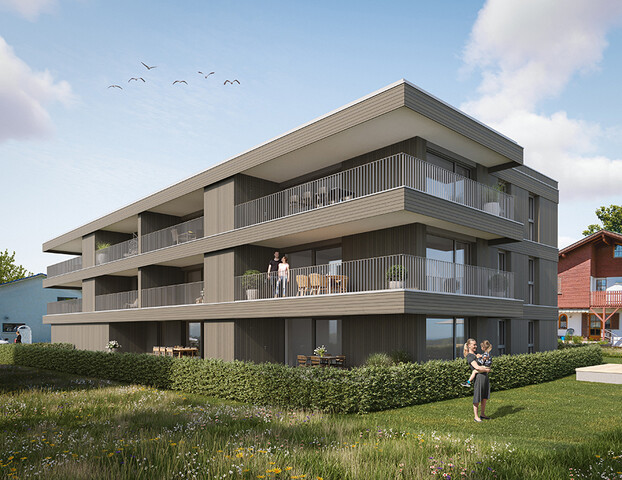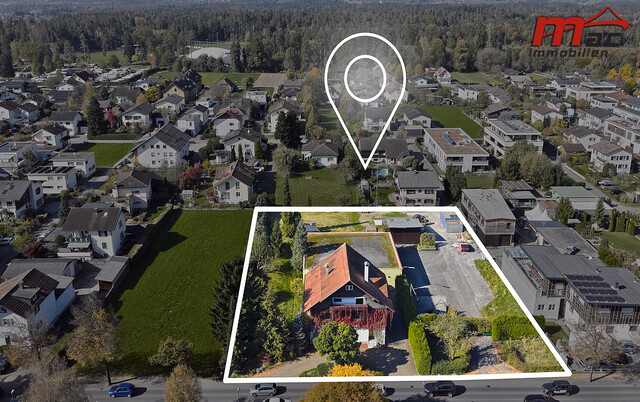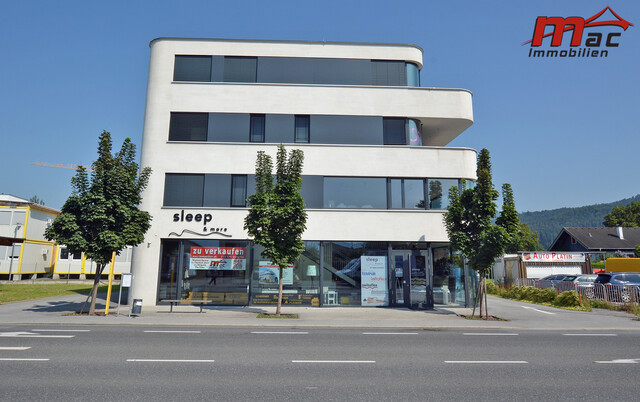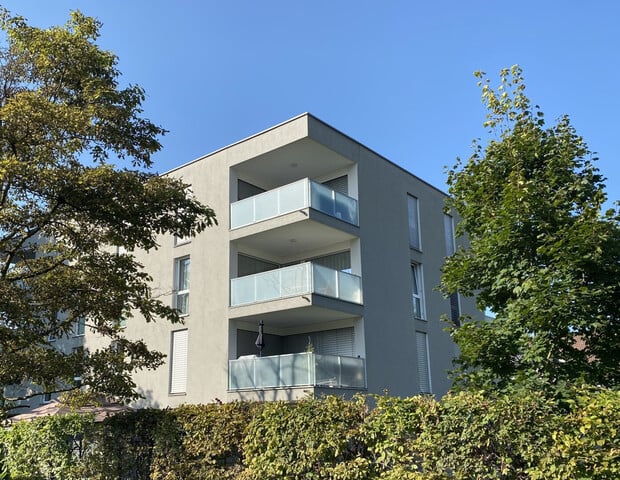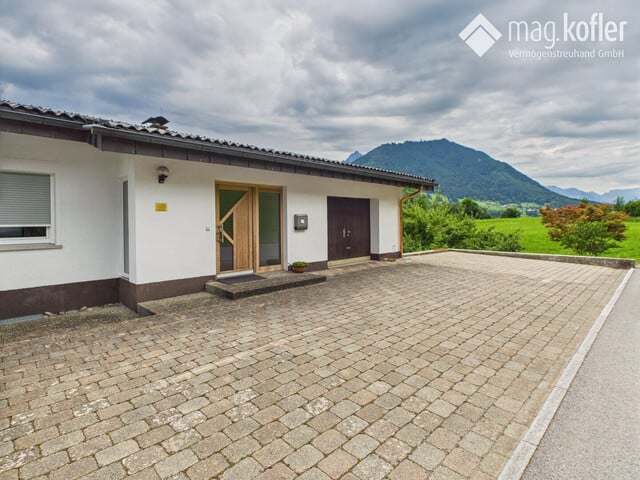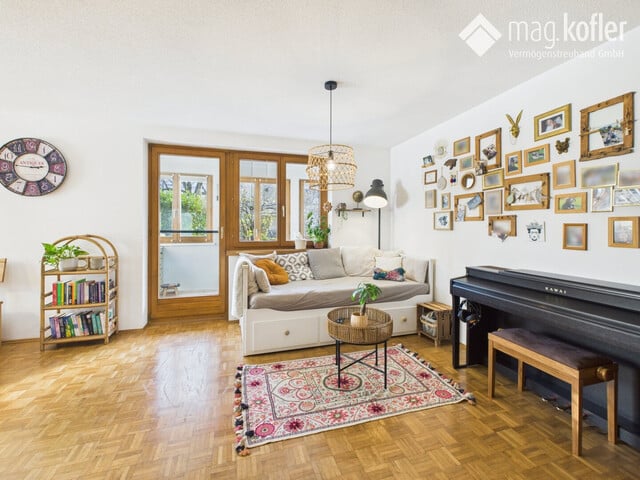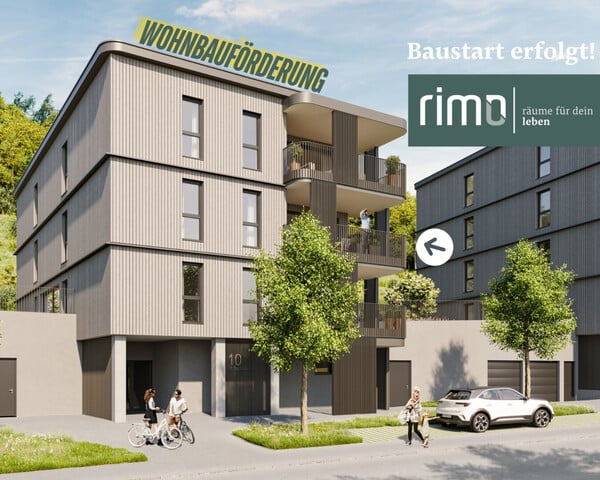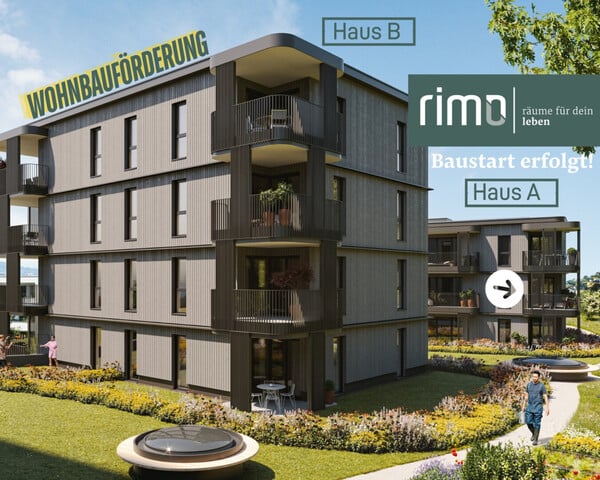Again a Trend Towards More Special Schools in Austria

While at the beginning of the 2010s there were ambitions at the federal level to teach children with and without disabilities together where possible, currently in several federal states, the trend is "towards a consolidation or even an expansion of the special school system," criticizes the Independent Monitoring Committee to the APA.
If a child is determined to have "special educational needs" (SEN), parents have been able to choose since 1993 (primary school) and 1996 (middle school, theoretically also AHS) whether their child is educated in a special school or inclusively - that is, in a class with children without disabilities. Recently (school year 2023/24), almost 30,000 children or 4.8 percent of all compulsory school students (primary, middle, special, and polytechnic schools) had SEN, with the inclusion rate across all federal states at 63 percent according to Statistics Austria.
UN Convention Requires Inclusion
With the ratification of the UN Convention on the Rights of Persons with Disabilities, Austria actually committed itself in 2008 to the joint teaching of students with and without disabilities. The red-black federal government under Chancellor Werner Faymann (SPÖ) therefore aimed to establish inclusive model regions nationwide and make special schools the exception by 2020. However, these were only implemented in Styria, Carinthia, and Tyrol. By 2018, it was already over.
The Monitoring Committee, which oversees the implementation of the UN Convention on the Rights of Persons with Disabilities in Austria, does not have a comprehensive overview of construction or expansion plans for special schools. However, there are now "individual indications and a clear trend" towards more special schools. Susanne Schwab, an expert in inclusive education at the University of Vienna, has also been confirmed by the education directorates of a trend increase in special schools.
New Special Schools in Linz and Perg
In Upper Austria, for example, two new special schools are currently planned in Perg (as part of a school center) and Linz. Investments in special schools, however, "contradict the goal of inclusion" to which Austria committed itself in 2008, criticizes the Monitoring Committee. The UN Committee of Experts, in its recommendations for action in 2023, called not only on the federal government but also on the states responsible for compulsory schools to end the segregation of children with disabilities - especially in special schools with attached boarding facilities.
However, the new buildings in Upper Austria could be followed by more: In Styria, where inclusive model regions were started as a pilot project in 2015, the current government is advocating for special schools: A regular school is often not suitable for children with SEN because they sometimes need more care and support than education, write the ÖVP and FPÖ in their working agreement. "Children suffer more in these systems than they benefit from them." Therefore, parents should continue to be able to choose the most suitable form of schooling themselves.
"Children Who Overwhelm the System"
For Education Councillor Stefan Hermann (FPÖ), inclusion only works in an ideal world, as he recently emphasized in an interview with "Mein Bezirk". "But the reality is: We have classes with several behaviorally challenging children who overwhelm the system." Recently, in Styria, 84 percent of children were still being inclusively educated, more than in any other federal state.
In the Salzburg government program, the ÖVP-FPÖ government advocates for a "meaningful design of inclusion measures in schools for all involved." "However, we also explicitly commit to special schools," it is noted there. Education Councillor Daniela Gutschi (ÖVP) recently announced plans to further enhance this type of school. After all, children receive support there that other schools cannot provide to the same extent.
Expert Schwab, on the other hand, cannot see anything positive in strengthening special schools. Of course, the well-being of all children and adolescents must be considered, and individual special offerings, such as smaller classes, should be made, but this is also possible in an inclusive school. Departing from this, however, means "a clear disadvantage" for students with SPF and special school curriculum, due to less contact with non-disabled students, poorer educational qualifications and job market opportunities, and a greater risk of being stigmatized.
Federal Government Wants to "Further Develop" Special Schools
From Schwab's perspective, the problem already begins with which children are diagnosed with an SPF: Depending on the federal state, the proportion ranges from 2.5 percent in Tyrol to 6.8 in Salzburg. A 2023 evaluation report revealed that the allocation procedures are not accurate and vulnerable groups are significantly overrepresented. Whether children are inclusively educated also depends on the federal state: While in Carinthia, Upper Austria, and Styria, eight out of ten SPF students are in an inclusion class, in Vienna it is only every second student. However, according to Schwab, this is partly simply because there are fewer special schools in rural areas.
The federal government is also not shaking the preservation of special schools. However, the black-red-pink coalition wants to "further develop" special schools and open the locations for regular classes so that children with and without disabilities can learn together there.
(APA/Red)
This article has been automatically translated, read the original article here.
Du hast einen Hinweis für uns? Oder einen Insider-Tipp, was bei dir in der Gegend gerade passiert? Dann melde dich bei uns, damit wir darüber berichten können.
Wir gehen allen Hinweisen nach, die wir erhalten. Und damit wir schon einen Vorgeschmack und einen guten Überblick bekommen, freuen wir uns über Fotos, Videos oder Texte. Einfach das Formular unten ausfüllen und schon landet dein Tipp bei uns in der Redaktion.
Alternativ kannst du uns direkt über WhatsApp kontaktieren: Zum WhatsApp Chat
Herzlichen Dank für deine Zusendung.
